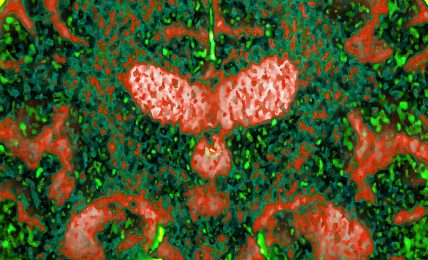Last week I posted a review of Cresson Kearny’s Maintaining Nutritional Adequacy during a
Prolonged Food Crisis. I strongly
recommend printing a copy if you haven’t done so already.
As you know, I started writing this blog for my children who
want the essential information but lack the time to do the research
themselves. Research is something I
enjoy; they are gifted in other areas like engineering and heavy labor.
Anyway, one of the topics that piqued my curiosity first,
and which I felt the kids really needed to know and which isn’t succinctly
presented in the manual, concerns nutritional deficiencies that will occur when
diets are limited and what can be done to prevent such issues.
Years ago I blogged on the essential vitamins and minerals
and what happens when deficiencies occur.
(Review those articles for deficiency signs and symptoms as well as rich
sources for these essential nutrients.) But
I don’t think there were any timelines for how quickly such issues could
arise. I’m curious about it.
If cells are empty, that information was not provided in the
literature. And the information
contained herein is sourced only from the above-mentioned manual.
The recommendations come from the US recommended daily allowance and the Food and Agriculture Organization of the UN and the World Health Organization.
|
Nutritional Deficiencies in a |
|||||||
|
|
How |
US |
FAO/WHO |
Infants |
Children |
Pregnant/lactating |
Minimum |
|
Vit |
Several |
3300 |
2475 |
½ |
½ |
50% |
1815 |
|
Vit |
|
|
1.0 |
|
|
|
1.0 |
|
Vit |
|
1.4 |
0.44 |
|
|
|
1.4 |
|
Vit |
5-6 |
|
17 |
|
|
|
17 |
|
Vit |
|
2 |
|
|
|
|
1.5 |
|
Vit |
|
400 µg |
|
|
|
800 µg pregnancy 600 µg lactation |
200 µg |
|
Vit |
Over |
|
|
|
|
|
|
|
Vit |
1-6 |
45 |
30 |
Breast-fed |
|
|
15 |
|
Vit |
|
<22 |
>6 |
400 |
<6 |
400 |
400 |
|
Calcium |
Unlikely |
800 |
400-500 |
500-600 |
1-9 |
|
400 |
|
Magnesium |
Rare |
350 |
200-300 |
|
|
|
200-300 |
|
Iron |
Varies |
10-18 |
10 |
|
|
|
10 |
|
Zinc |
|
15 |
5.5-22 |
|
|
|
11 |
|
Iodine |
Several |
100-150 |
|
1/8 |
¼ |
|
|
|
Potassium |
Unlikely |
1.5-2.5 |
|
|
|
|
1.5 |
[1]
If the vitamin A source is plant-based, triple the daily dosage.
[2]
According to the authors, thiamin deficiency is not anticipated to be a concern
in the US.
[3]
It will be difficult to consume adequate amounts of riboflavin on a survival
diet of grains and legumes. The best
source of riboflavin is milk.
Well, that little exercise of creating the above table took
a couple of hours, but it was time well-spent.
I think we consume a fairly healthy diet here, so we should be heading
into difficult times with adequate reservoirs of the essential vitamins and minerals. Basic and expanded food storage and gardens
should fill needs for vitamins A, B9, and C as well as zinc. Sun will satisfy vitamin D requirements. I feel reassured about what we’ve got
planned. But that doesn’t mean I’m not
buying some more vitamins on my next trip to the pharmacy.
Links to related posts:
Maintaining Nutritional Adequacy during a Prolonged Food
Crisis
Dietary Deficiency and Consequences–Vitamin B1
Vitamin B2
Vitamin B3
Vitamin B5, B6, B7
Vitamin B9
Vitamin B12
Vitamin C
Vitamin D
Calcium
Iodine
Iron
Magnesium
Potassium
Zinc


